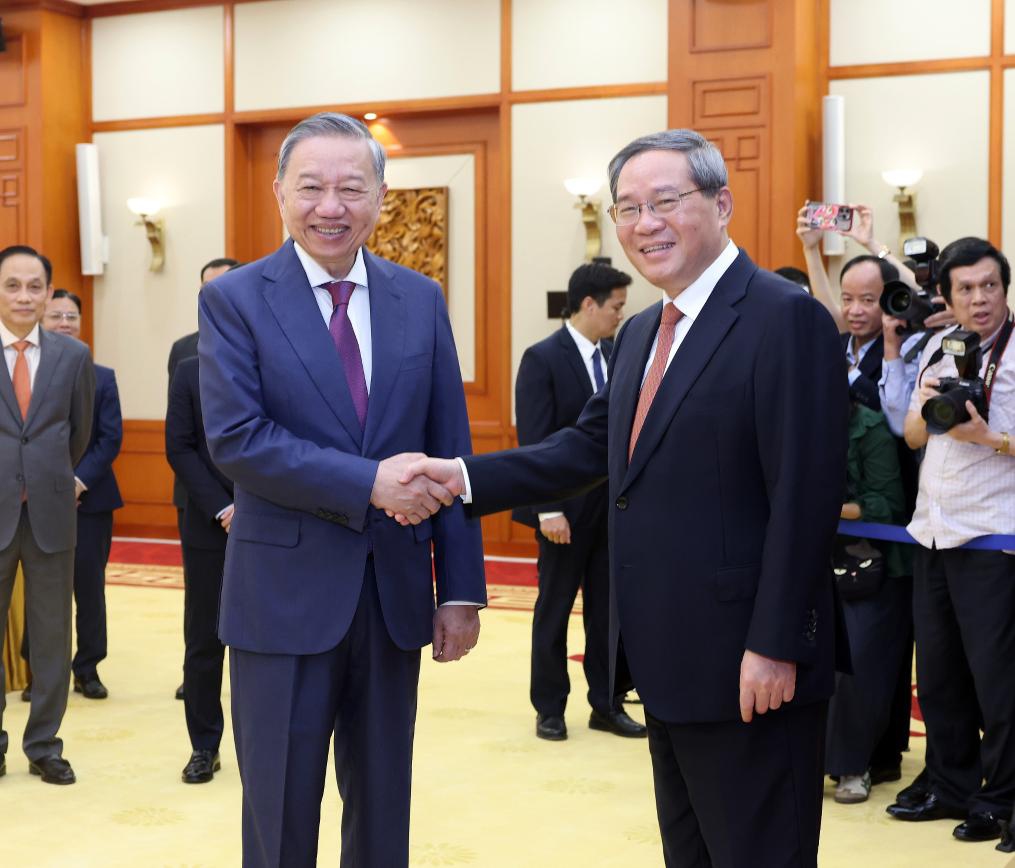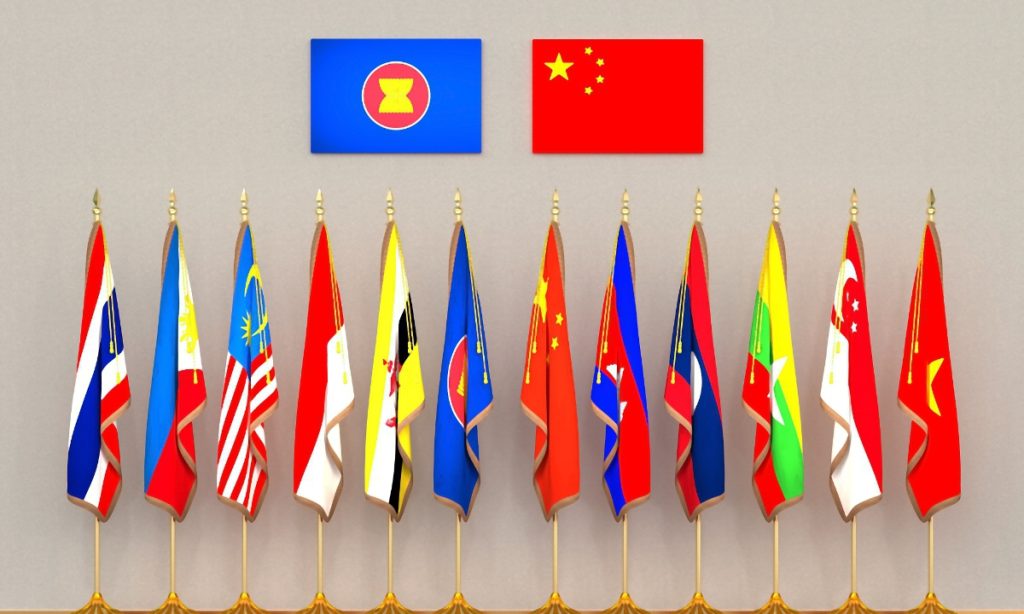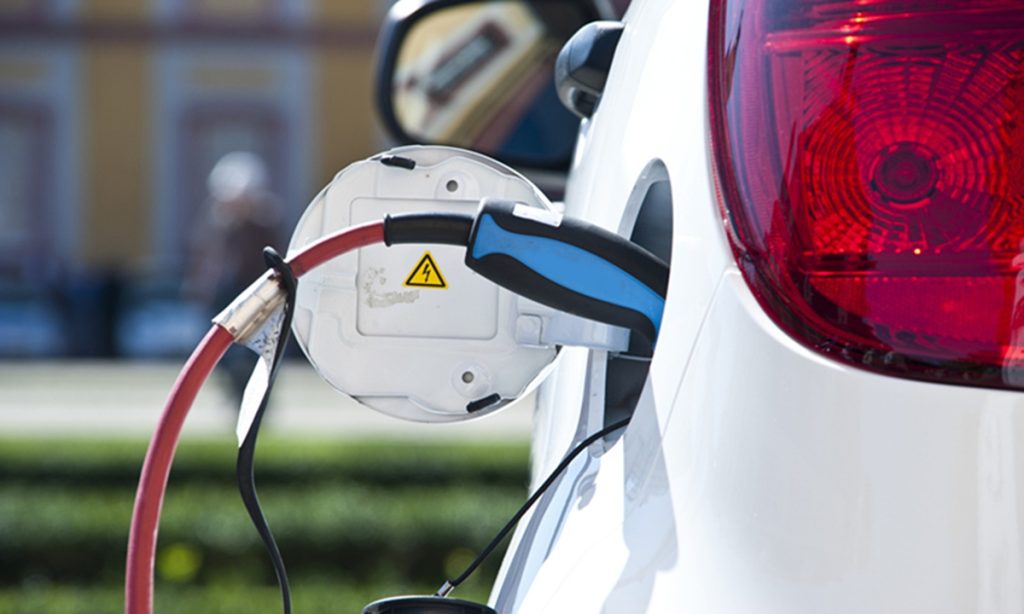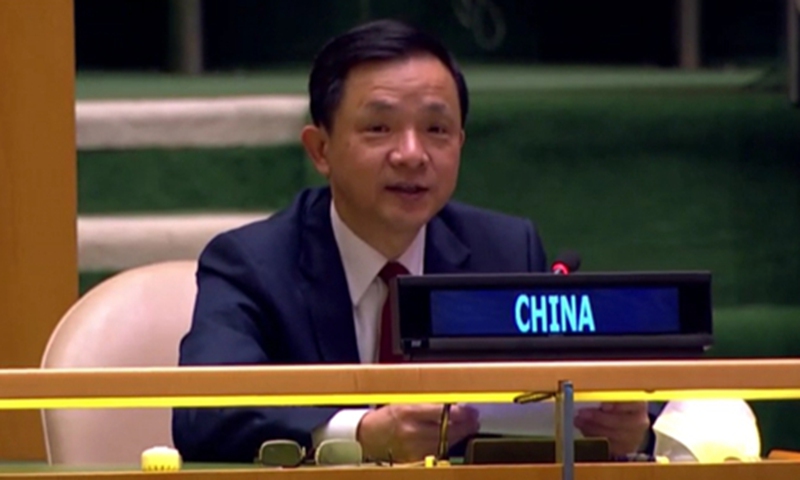Xi to attend 16th BRICS Summit in Kazan, Russia

President Xi Jinping will attend the 16th BRICS Summit in Kazan, Russia from October 22 to 24, Foreign Ministry spokesperson Hua Chunying announced on Friday.
During the summit, Xi will attend events including small-group and large-group talks and BRICS Plus Dialogue and deliver important addresses. He will also have in-depth exchanges with other leaders on the international landscape, the BRICS practical cooperation, the development of BRICS mechanism and important issues of mutual interest, according to Mao Ning, another Foreign Ministry spokesperson.
China stands ready to work with other parties to strive for the steady and sustained development of greater BRICS cooperation, open a new era for the Global South to seek strength through solidarity and jointly promote world peace and development, Mao added.
The BRICS Summit in Kazan is the group's first summit since its expansion, attracting global attention and holding significant importance, Chinese Ambassador to Russia Zhang Hanhui told the Global Times.
Chinese side hopes that this summit can fully reflect friendship and unity, gather consensus from all parties, and outline a development blueprint for the BRICS mechanism. Chinese side supports Russia in hosting this summit and hopes that all member countries will seize the opportunity to send a strong message to the world at this summit, advocating fairness and justice and promoting common development, said Zhang.
This year's BRICS summit, the first since the organization's expansion, will further illustrate its role in upholding true multilateralism and clarifying the prospects for a multipolar world amid a complex geopolitical landscape. Moreover, the increasing number of applications to join the organization not only reflects a growing discontent with a Western-centric order, but also highlights BRICS' appeal to Global South countries by offering a platform that fosters win-win cooperation, encourages equal dialogue, and embraces inclusivity, according to some Chinese experts.
Zhu Tianxiang, executive dean of the Institute of BRICS Studies at Sichuan International Studies University, told the Global Times, that amid the turmoil facing the world, BRICS - a group of countries that constitute 45 percent of the world's population - will place greater emphasis on global governance this year, and aim to facilitate dialogues among its members on pressing global issues to promote true multilateralism.
Egypt, Ethiopia, Iran and the United Arab Emirates became BRICS members on January 1, 2024.
Additionally, countries including Sri Lanka, Cuba, Malaysia, Belarus and Pakistan have expressed the willingness or have applied to join BRICS.
Turkey, a NATO member, has also formally asked to join the BRICS group as it seeks to bolster its global influence, Bloomberg quoted people familiar with the matter as saying in September.
The surge of applications to join BRICS reflects growing discontent with the Western-centric order, Wang Youming, a research fellow at the China Institute of International Studies, told the Global Times.
Global South countries are unwilling to play a supporting role in Western-led organizations, where their contributions and significance are often downplayed, Wang said, noting that in BRICS, these nations not only benefit from the organization's rising economic momentum but also gain access to a platform that promotes equal discussion, win-win cooperation, and inclusiveness.
"BRICS countries are the driver, the powerhouse of economic growth. We see the average growth rates of BRICS economies at present, in 2024-2025, it's 4.4 percent. If we look at G7 countries, this is 1.7 percent. It is clear whose development is more dynamic," Russian media quoted Russian Finance Minister Anton Siluanov as saying earlier this month.
Experts believe that apart from development, other regional and international issues will also be discussed during the Kazan summit.
True multilateralism
International rules must be written and upheld jointly by all countries based on the purposes and principles of the UN Charter, rather than dictated by those with the strongest muscles or the loudest voice. Ganging up to form exclusive groups and packaging their own rules as international norms are even more unacceptable, Xi said when attending the 15th BRICS Summit in Johannesburg, South Africa in 2023.
BRICS countries should practice true multilateralism, uphold the UN-centered international system, support and strengthen the WTO-centered multilateral trading system, and reject the attempt to create small circles or exclusive blocs, said Xi.
The role of BRICS has been clear since its establishment: it does not seek to replace or confront existing organizations, nor does it aim to serve as an alternative, said Wang.
He noted that the fundamental difference between BRICS and Western-led organizations lies in BRICS' emphasis on non-alignment while promoting open cooperation and inclusiveness. This approach allows Global South countries to feel no strategic pressure, which is why many of these nations are eager to join the bloc.
It is safe to say that BRICS has further accelerated the current process of multipolarity, making its prospects clearer. The organization aims to reform and innovate the inequities of the existing global order, striving for a system that is fair and equitable, and advocate for a model of governance characterized by joint decision-making, consultation, and shared benefits, Zhu said.







